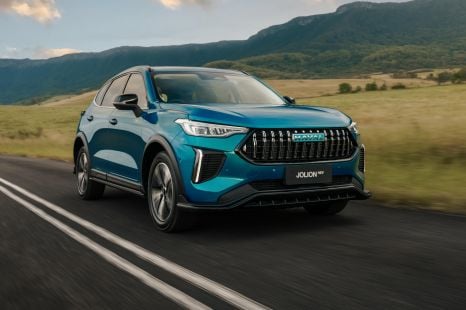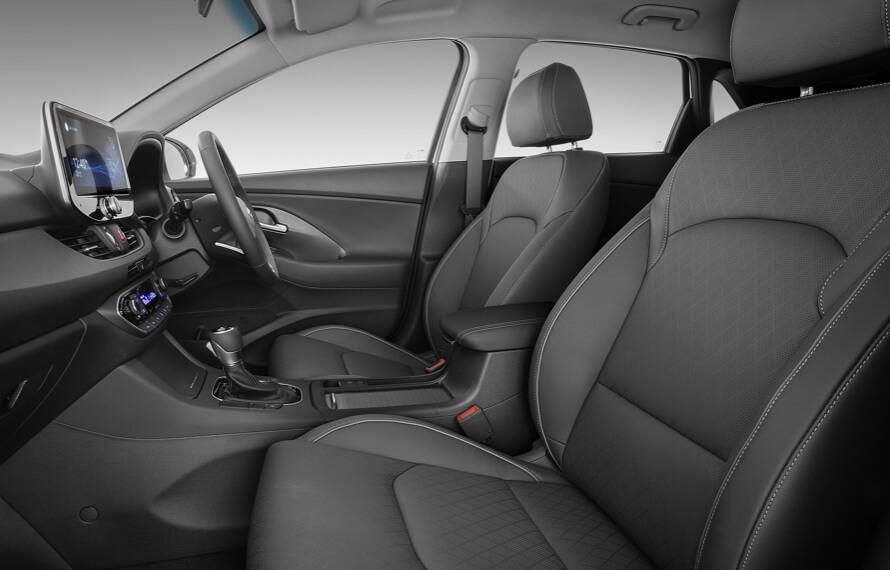

Max Davies
2026 GWM Haval Jolion price and specs
2 Days Ago

Contributor
Hyundai has gone petrol-only for its 2021i30 hatchback line-up in Australia.
The Korean brand has followed Volkswagen, Mazda, Ford, and Peugeot in culling diesel from its small car range due to slow demand.
The death of the 1.6-litre turbo-diesel is part of a move to simplify the i30 hatchback line-up, which now starts with a model simply badged i30, and includes higher-spec Active, Elite, N-Line, and N-Line Premium models.
Gone is the i30 Premium with its highly-specced interior and choice of 2.0-litre petrol or 1.6-litre diesel engine.

Also gone is the Hyundai Elantra. It’s been replaced by the i30 Sedan, which will arrive in Australia later this year alongside the updated hatchback.
The base i30, Active, and Elite are powered by a carryover 2.0-litre petrol engine with 120kW of power and 203Nm of torque, mated with a six-speed manual or six-speed automatic transmission.
The N-Line packs a 1.6-litre turbocharged engine with 150kW and 265Nm, hooked up to a seven-speed dual-clutch transmission or six-speed manual.
As before, the range-topping N-Line Premium will only be available with a dual-clutch transmission.


Inside, the updated i30 range features an 8.0-inch infotainment system in the base i30 and i30 Active, while higher-end models feature a 10.25-inch display complete with Apple CarPlay and Android Auto – although the hatchback misses out on the digital driver display being offered in the i30 Sedan.
Externally, the regular i30 headed to Australia looks different to the European-market N Line previewed earlier this year. Blame that on the standard halogen headlights, which don’t have the same slashing light signature as the car revealed for Europe.
Instead, the regular i30 range gets a set of angular running lights set low in the bumper, along with a revised grille more in keeping with that of the new Tucson.
Although the new i30 N Line isn’t pictured on the Hyundai website, it’s expected to have LED lights with a slashing daytime running light signature.

There’s also new alloy wheels on the car pictured on the Hyundai Australia website, although we’ll have to wait for an official pricing release to see the full line-up.
Where expert car reviews meet expert car buying – CarExpert gives you trusted advice, personalised service and real savings on your next new car.
Scott Collie is an automotive journalist based in Melbourne, Australia. Scott studied journalism at RMIT University and, after a lifelong obsession with everything automotive, started covering the car industry shortly afterwards. He has a passion for travel, and is an avid Melbourne Demons supporter.


Max Davies
2 Days Ago


Damion Smy
3 Days Ago


William Stopford
7 Days Ago


Max Davies
7 Days Ago


William Stopford
8 Days Ago


William Stopford
14 Days Ago